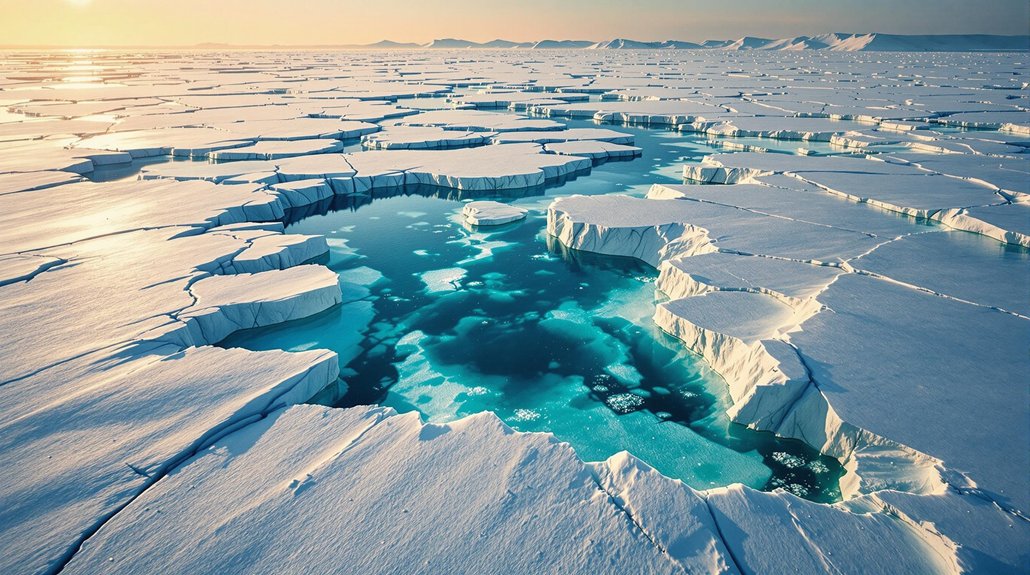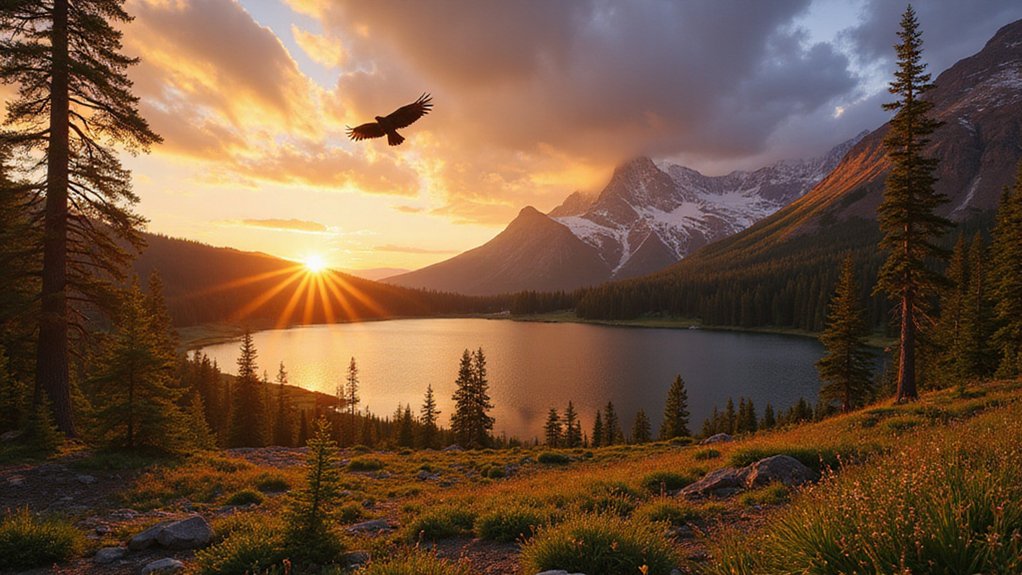Ghost forests are spreading along America’s coastlines at an alarming rate. Rising sea levels push saltwater inland, killing trees that can’t survive the salty conditions. In areas like Chesapeake Bay, once-vibrant woodlands now stand as skeletal remains—pale trunks reaching skyward with no leaves or life. These dead zones disrupt wildlife habitats and signal changing landscapes. What’s happening to these coastal forests offers a clear view of climate change’s impact that can’t be ignored.
Along coastlines across the United States, a haunting sight is becoming more common: forests of dead trees standing like pale sentinels at the edge of the sea. These “ghost forests” or “arboreal cemeteries” are expanding rapidly, especially along the East Coast in regions like the Chesapeake Bay.
The main culprit is rising sea levels, which push saltwater into coastal forests. This saltwater intrusion poisons the soil, slowly killing trees that can’t tolerate the salty conditions. The process isn’t sudden – trees die over decades, creating eerie landscapes of bare trunks where lush forests once stood.
Storm surges make the problem worse. When powerful storms push seawater inland, they accelerate saltwater intrusion. Droughts also play a role by reducing freshwater pressure that would normally keep saltwater at bay.
Scientists studying these dying forests use tree rings to track when saltwater began affecting different areas. They’ve found that while this process has been occurring since the late 19th century, it’s accelerating now. Thousands of acres of coastal forest have already converted to marsh or open water.
These changes have serious ecological impacts. As forests die, birds and mammals lose habitat. New marshes may form, but they don’t support the same species. The shift also affects carbon storage, as forests and marshes store carbon differently. On North Carolina’s Albemarle-Pamlico Peninsula, the original forests store more carbon than the marshes replacing them.
Researchers call ghost forests one of the most visible signs of climate change impact on U.S. coasts. The U.S. Department of Agriculture tracks these changes, noting that low-lying areas with gentle slopes are most vulnerable. The gradual tree death allows salt-tolerant marsh plants to replace the forest ecosystem as it transitions to wetland.
The future doesn’t look promising for many coastal forests. As climate change continues, sea levels will rise further, and storms may grow more intense. Similar to how Oregon utilities face rising costs from climate-related disasters, coastal communities require substantial funding for adaptation and prevention strategies. Researchers are studying these ghost forests not only as a warning of what’s happening now, but as an indicator of what coastal communities might face in years ahead.








